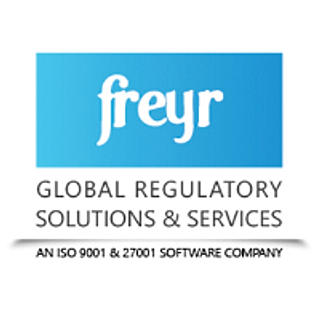Regulatory Product Submission, RPS, HL7 standard, USFDA
- Freyr Global Regulatory Solutions
- Jan 5, 2018
- 2 min read
Regulatory Product Submission (RPS) is an HL7 standard introduced by the US Food and Drug Administration (FDA Submission). As defined in the Prescription Drug User Fee Act (PDUFA), the RPS helps life sciences companies submit product information to Regulatory authorities in a streamlined manner. The RPS standard is intended for broader use as compared to eCTD. Beyond drugs, it could potentially support submissions for medical devices, veterinary, and other regulated products, such as tobacco.
The eCTD v4 is based on the RPS, which permits document reuse. In this system, each document is assigned a unique identification - Universal Unique IDs (UUIDs) that can be referenced as long as it is in a particular agency’s system. Details about the file path are not needed. Important points that Regulatory professionals need to keep in mind while compiling an application that utilises UUIDs are:
Metadata Revision: Typos and other errors in metadata can be easily corrected in eCTD 4. Users can also revise previously submitted metadata, like, related sequences, submission type, operation attribute, manufacturer name, and so on, without facing any problems.
Two-Way Communication: Agencies and sponsors can now communicate between themselves and send correspondence to each other, such as requests for information, in the form of eCTD sequences.
Table of Contents (TOC): As compared to eCTD v3.2.2, the Table of Contents (TOC) or hierarchy in eCTD 4 is not defined.
No manual editing of eCTD XML: Now that the XML style sheet doesn’t display a hierarchy of documents, working with and reading XML manually will be incredibly difficult if not impossible.
Study Tagging Files (STFs): The function of STFs falls within the purview of Document Groups. Eliminating these STFs is a win for global harmonization.
Document Groups: Document Groups let the eCTD users group files together based on the nature of their use (for example, clinical study reports).
Context of Use: The code for each Context of Use specifies where documents are to be inserted into the CTD/eCTD TOC when presenting a reviewable structure.
Replace one document with many: As users perform lifecycle maintenance on submissions, they can now alter the granularity of documents.
Append lifecycle operation: While append can no more be used in eCTD 4, it still does support the existing “new”, “replace”, and “delete” eCTD v3.2.2 lifecycle operators.
Metadata: Metadata becomes more important overall, to know more on application type, to review status, to know the type of document to many other such things. It is expected that metadata will be used for everything with eCTD 4.
Controlled vocabularies: Controlled vocabularies are some of the essential components of eCTD 4 and will enable interoperability – that is, clear, unambiguous communications between systems sending and receiving XML messages.
Grouped Submission: A grouped submission is a single submission unit that is applied to more than one submission. Grouped submissions are the only business case for sending a submission unit with more than one component of submission element (for example, manufacturing changes that affect more than one application).







Comments